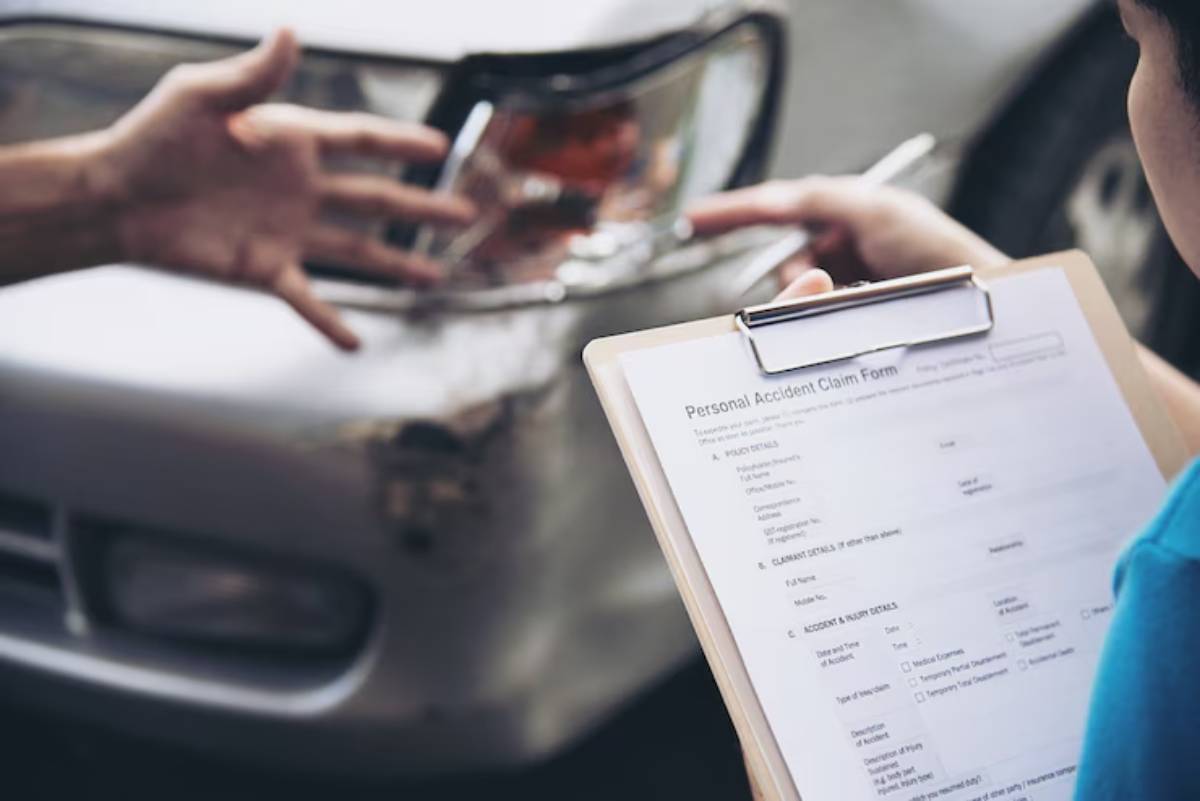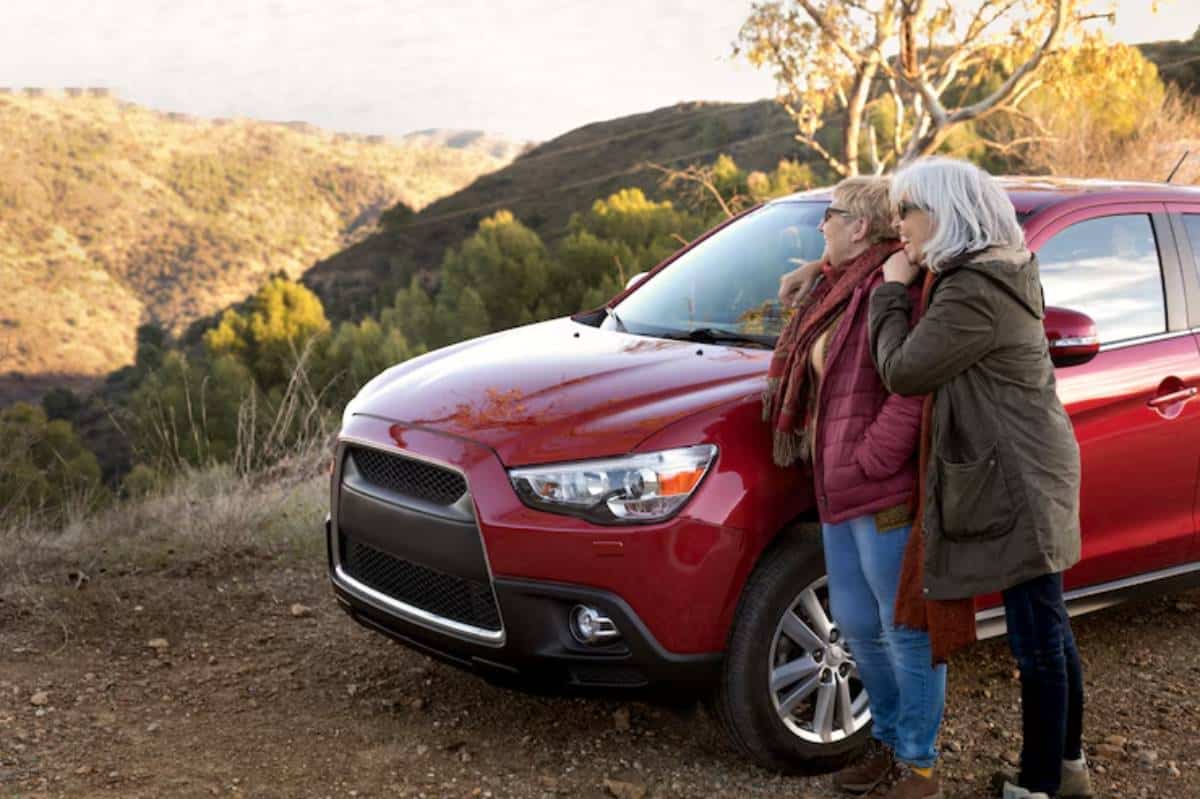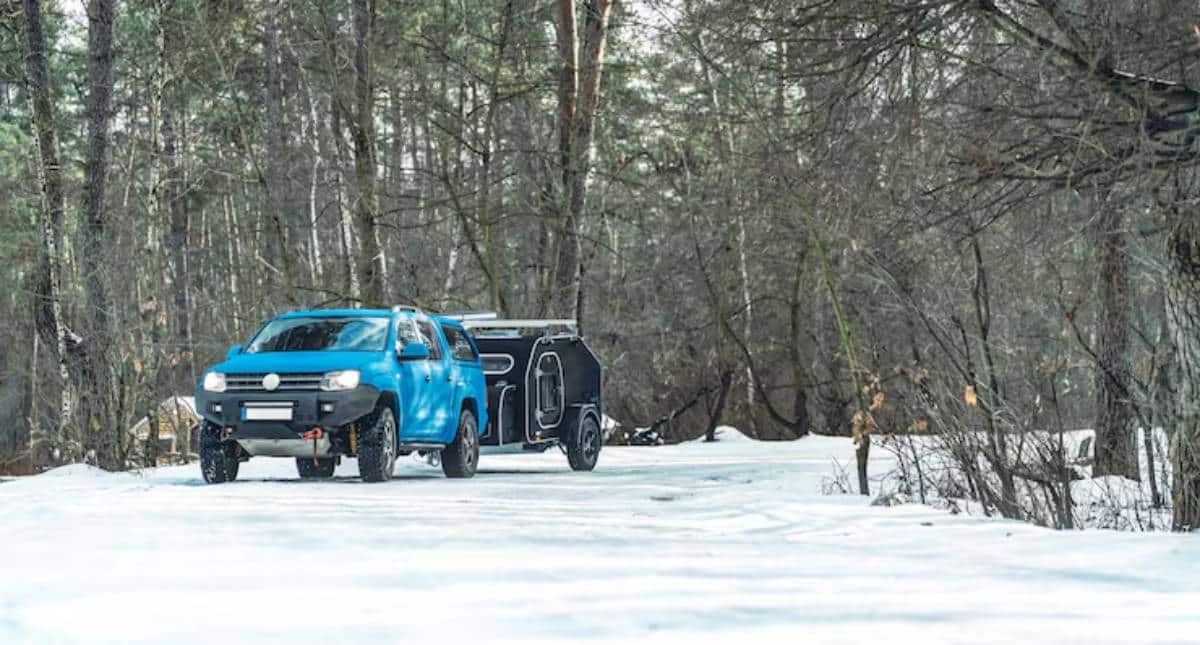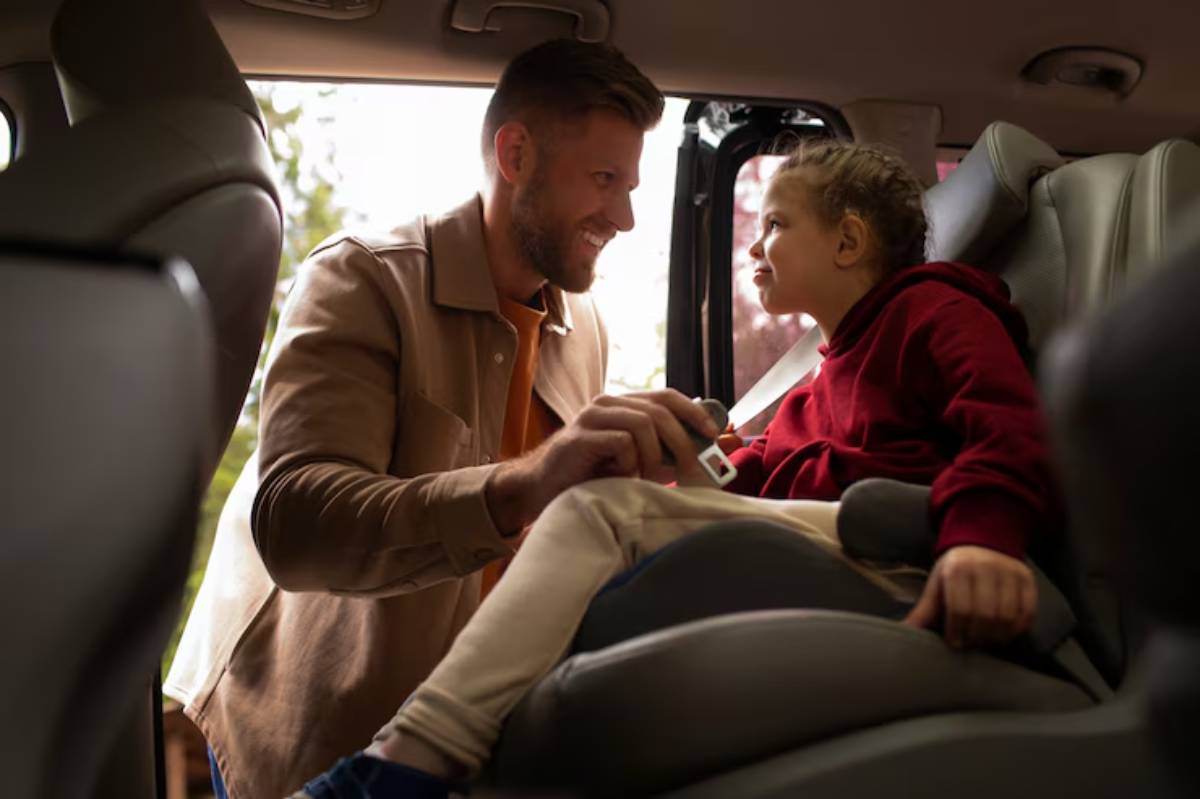
How to Safely Install a Car Seat in Any SUV
When it comes to keeping your children safe on the road, few things are more important than a properly installed car seat. Whether you’re setting it up for the first time or moving it between vehicles, knowing how to install a car seat in your SUV safely can make all the difference.
This guide walks you through the process step-by-step and highlights essential child seat safety practices — so you can travel with confidence in any family car.
Pro Tip: Even a top-rated car seat won’t protect your child if it’s installed incorrectly.
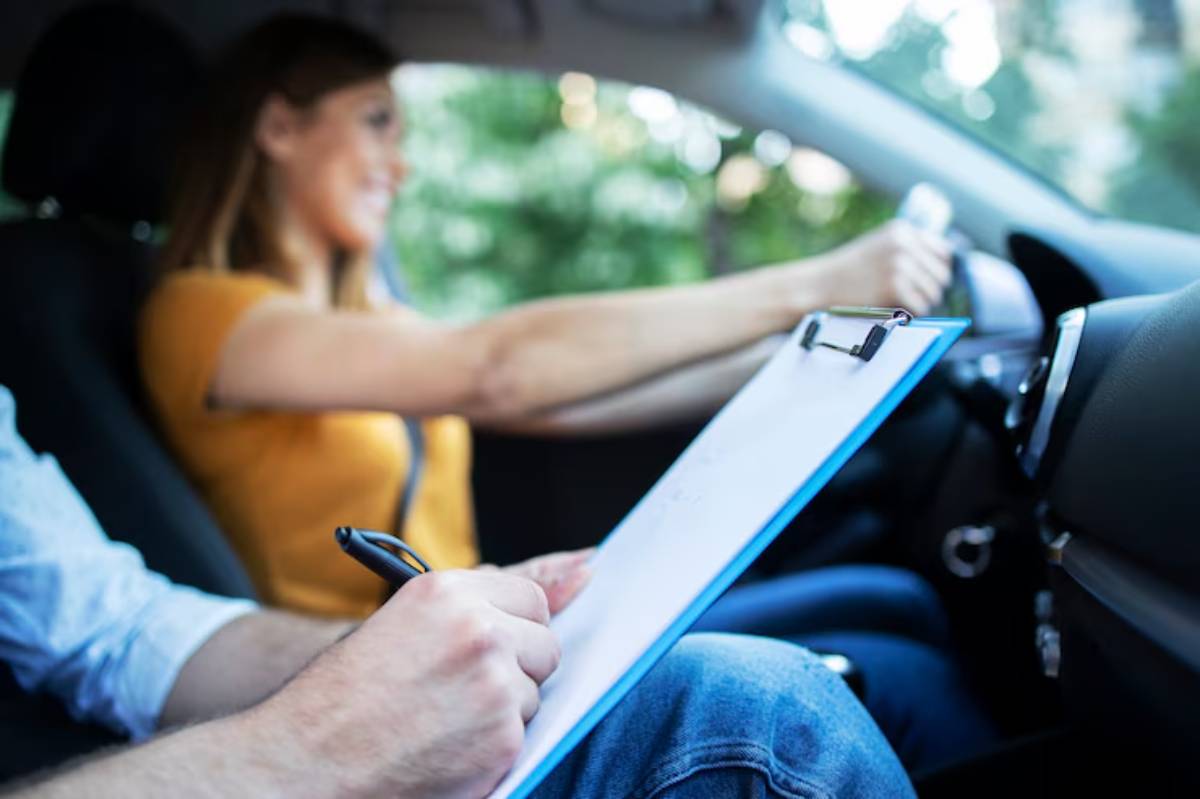
Quick Guide: Car Seat Safety Checklist for SUVs
- Always read both the car seat and vehicle manuals.
- Use ISOFIX (or LATCH) anchors when available.
- Choose the correct seat for your child’s weight and age.
- Check that the seat is tightly secured (less than 2.5 cm movement).
- Ensure the harness is snug with no twists.
- Never place a rear-facing seat in front of an active airbag.
Important: More than 50% of car seats are installed incorrectly — take your time, double-check everything.
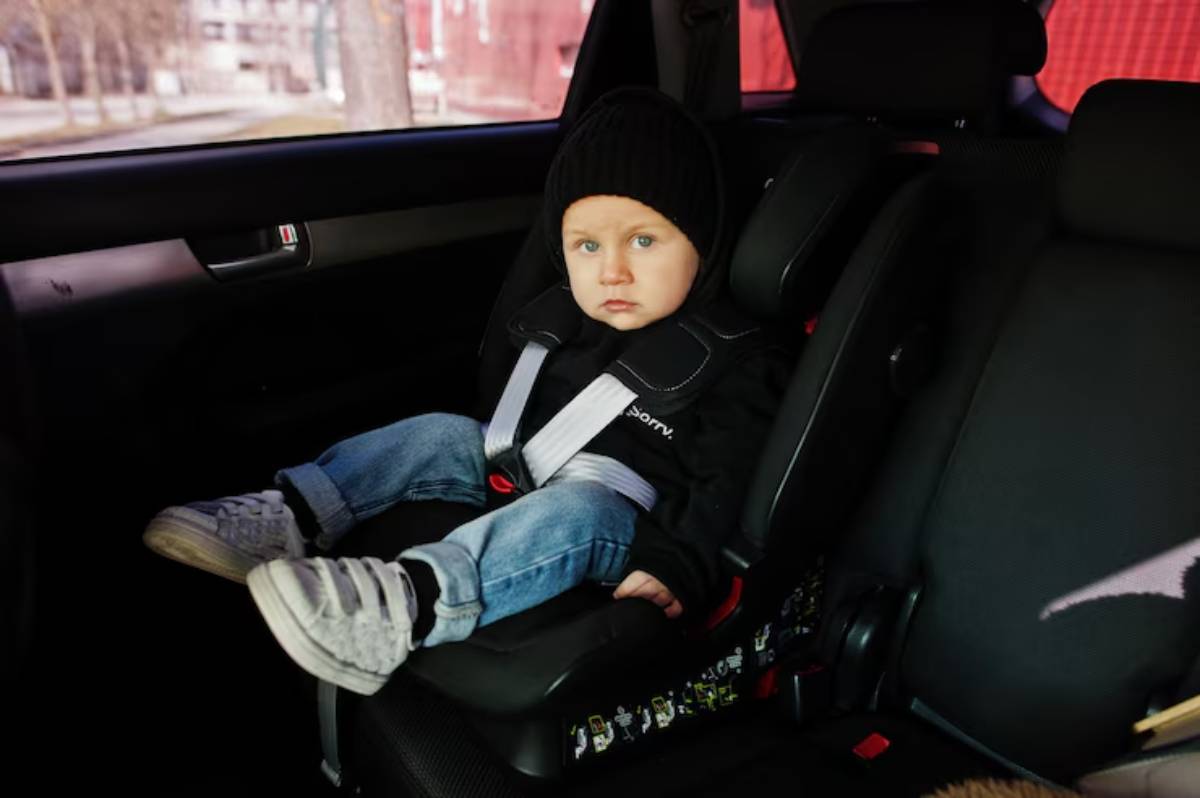
Step-by-Step Guide to Installing a Car Seat in an SUV
Step 1: Choose the Right Car Seat for Your Child
Before you install anything, make sure your seat matches your child’s size and age.
Car seat types:
| Age/Weight | Type |
| Birth–15 months | Rear-facing infant carrier |
| 9 months–4 years | Rear- or forward-facing toddler seat |
| 4–12 years | High-backed booster seat |
| Over 135 cm | Standard seat belt usage (UK law) |
Quick Tip: Rear-facing is safest for as long as possible — ideally up to age 4.
Step 2: Read the Manuals
It’s not exciting, but it’s crucial.
Why it matters:
- SUV seating angles, belt paths, and anchor positions vary.
- Your car seat may have special locking clips or settings.
- The vehicle’s manual often highlights the safest positions for installation.
Pro Tip: Use bookmarks or sticky tabs to mark the installation pages in both manuals.
Step 3: Find the Best Seating Position
Not all seats in an SUV are equal.
Best placement tips:
| Position | Pros |
| Centre rear seat | Safest from side-impact crashes |
| Behind passenger seat | Easier loading kerbside (UK) |
| Behind driver seat | Useful for solo parents who drive alone |
Important: Only place the seat where your SUV has approved belt paths or ISOFIX anchors.
Step 4: Choose Between ISOFIX or Seat Belt Installation
Modern car seats usually allow both methods — but not at the same time.
Installation options:
| Method | When to Use |
| ISOFIX (LATCH) | When your SUV has lower anchors (easy and secure) |
| Seat Belt | When ISOFIX isn’t available or you need a central install |
| Top Tether | Always use when forward-facing (for stability) |
Quick Tip: ISOFIX is generally quicker and has built-in indicators to confirm correct installation.
Step 5: Install the Base (If Applicable)
Infant carriers often use a separate base for click-in convenience.
Steps:
- Secure the base with ISOFIX or seat belt.
- Press down firmly while tightening or locking the mechanism.
- Check level indicators to ensure proper recline angle.
- Click the infant carrier into place and listen for the latch sound.
Pro Tip: Tug the base — it should move less than 2.5 cm side-to-side.
Step 6: Install the Seat and Secure It
If using the seat directly (without a base), follow the specific path shown in your manual.
Key points:
- Thread the seat belt through the correct slots.
- Lock the belt (check your SUV’s method).
- Use a locking clip if required.
- For ISOFIX, push the connectors into place until they click.
- Always attach the top tether if forward-facing.
| Seat Movement Test | Result |
| Push and pull at the base | Should not move more than 2.5 cm |
| Wiggle at the top | Some movement is normal for rear-facing seats |
Step 7: Adjust the Harness and Headrest
A secure seat means nothing if the harness is loose or twisted.
Proper harness fit:
- Chest clip at armpit level (if your seat has one).
- Straps lie flat and snug — no slack at the shoulder.
- You should not pinch excess webbing at the collarbone.
Adjust headrest:
- The top of your child’s head should never extend past the seat shell.
- Headrest should support the head and neck securely.
Common Mistakes to Avoid
| Mistake | Fix |
| Loose installation | Use body weight when securing the base |
| Wrong recline angle | Use a level indicator or built-in adjuster |
| Harness too loose | Perform the “pinch test” — no slack |
| Using ISOFIX + belt together | Stick to one approved method only |
| Putting seat on a sloped SUV bench | Use seat adjusters or check manual for compatibility |
Quick Tip: Many fire stations or baby gear shops offer free installation checks — use them.
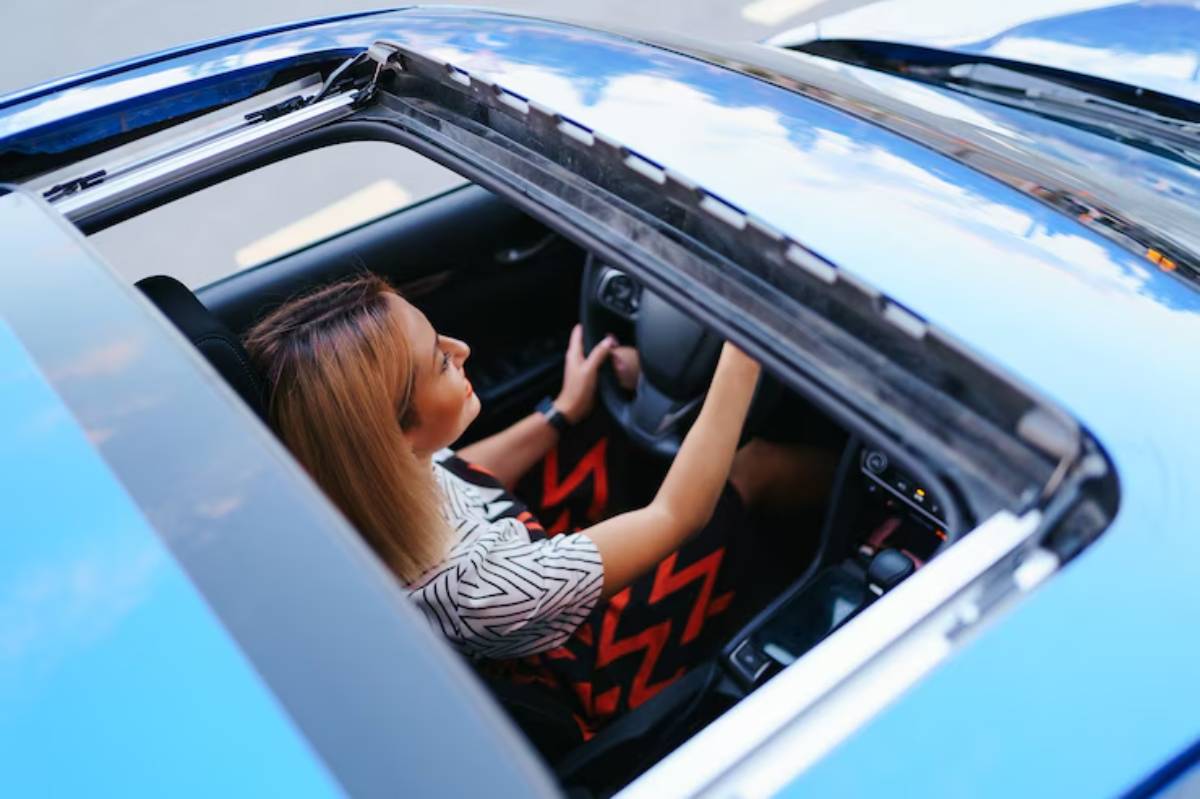
SUV-Specific Family Car Tips
1. Watch for Sloped Back Seats
SUVs often have angled rear benches that can affect recline.
Fix it:
- Use rolled towels or foam noodles at the base (if approved by your seat manual).
- Choose a seat with an adjustable base.
2. Check Boot Access With Rear-Facing Seats
Some seats block boot access or reduce space.
Pro Tip: Try before you buy — test fit the seat and boot access together.
3. Use Sunshades and Ventilation
SUVs can get hot in summer, especially in the back rows.
Solutions:
- Stick-on or roller sunshades.
- Rear window tinting (where legal).
- Direct rear A/C vents are a bonus.
4. Clean-Up Made Easier
Snacks, spills, and muddy boots are a given.
Keep it manageable:
| Item | Why It Helps |
| Car seat protector | Saves upholstery |
| Seatback organisers | Keep toys and wipes handy |
| Waterproof mat | Under the car seat for messy days |
Frequently Asked Questions
When can my child switch from rear-facing to forward-facing?
In the UK, it’s legal for kids to face forward after 15 months. Many safety experts recommend keeping children rear-facing until they are at least 4 years old. They should stay that way until they outgrow the limits of their seat.
Can I install a car seat in the third row?
It depends. Many third-row seats lack ISOFIX or top tether anchors. Only install if the manual approves it and you can secure the seat properly.
What if my SUV doesn’t have ISOFIX?
Use the seat belt method. It’s perfectly safe when installed correctly and tightly. Some newer belt systems include locking features.
How often should I check the installation?
Check tightness every few weeks, especially after long trips or moving the seat. Also recheck after seasonal clothing changes (e.g., bulky coats can affect harness fit).
Do second-hand car seats have safety issues?
Possibly. Only use a second-hand seat if you know its full history. Make sure it’s undamaged and hasn’t expired. Seats usually last 6 to 10 years from manufacture.
Safety Starts with the Right Setup
Installing a car seat in your SUV involves more than just reading the manual. It’s about ensuring your child has the safest ride possible, every time.
Follow this guide to install a car seat in your SUV. Focus on child safety and use practical family car tips. You’ll be confident knowing your little ones are secure, whether you’re driving to nursery or going on holiday.
Take your time. Follow the steps. Protect what matters most.
